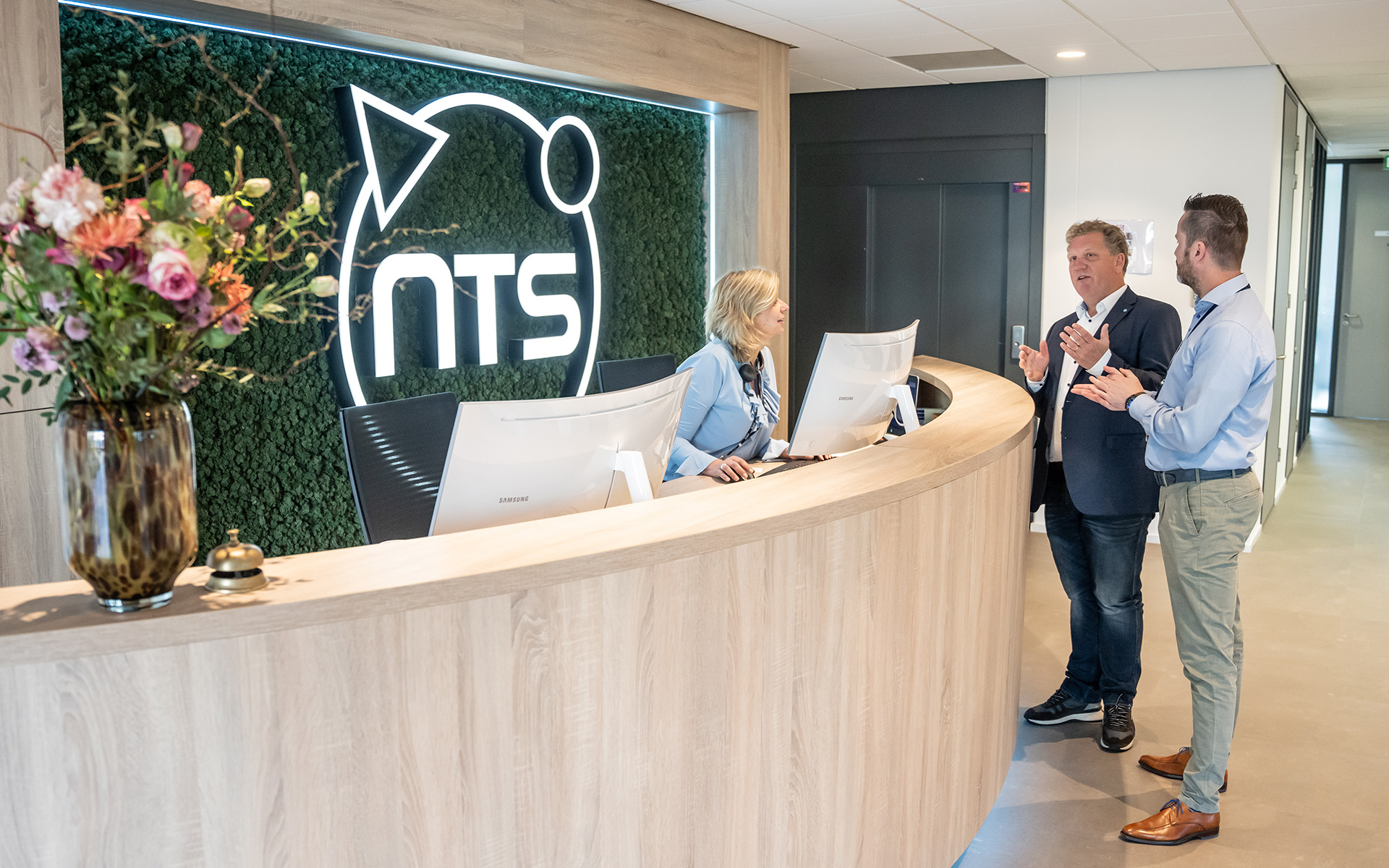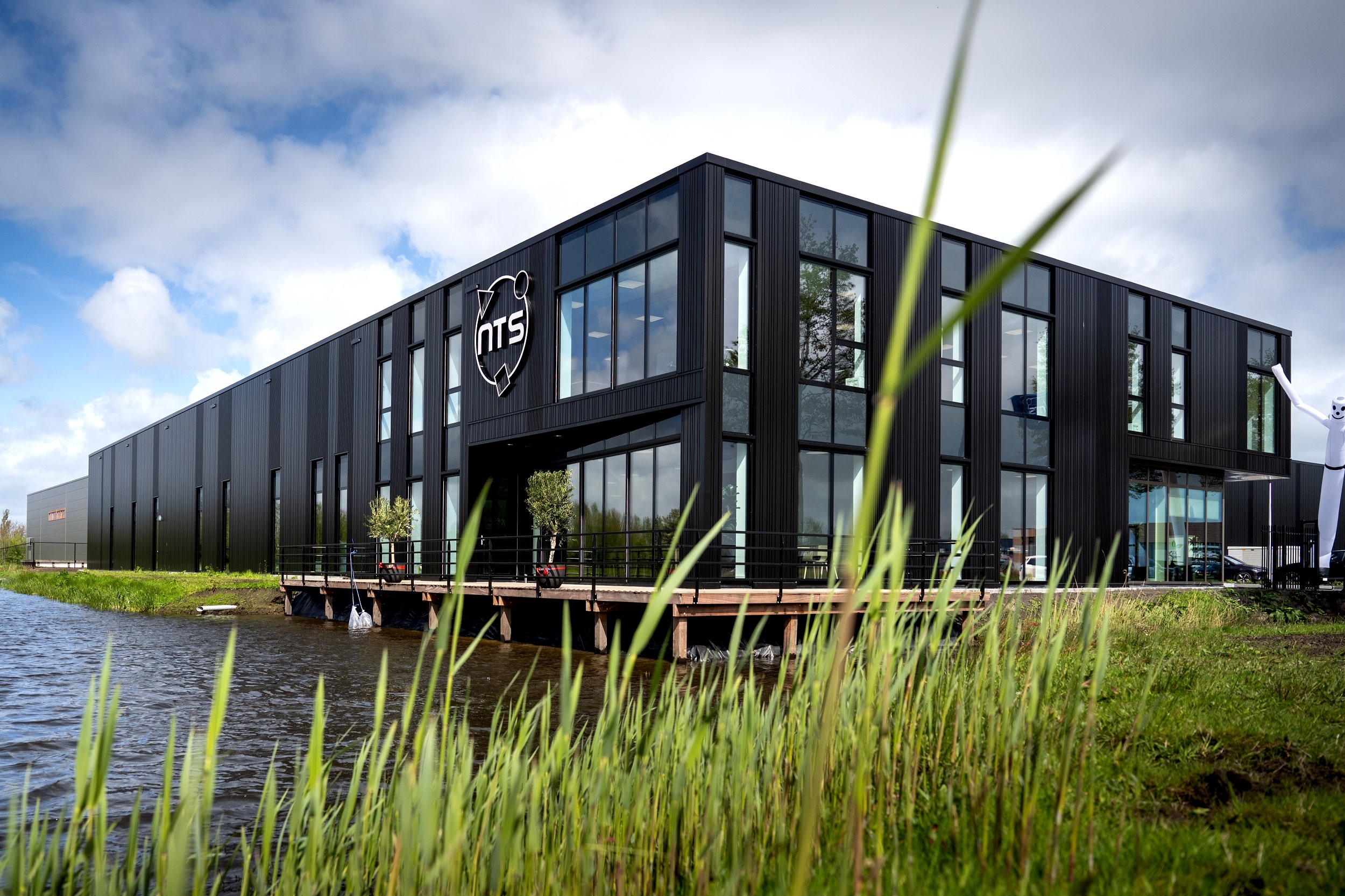
Fonontech and NTS partner up to reshape nextgen electronics manufacturing
As devices are becoming more powerful, micro-electronic parts are shrinking in size, being placed in more complex layered structures. Traditional manufacturing techniques cannot scale up to meet future requirements. So, how do you keep connecting these constantly miniaturizing parts to offer better performance, reliability and functionality? Dutch Deep tech scale up Fonontech has the answer – Impulse Printing™, a technology that will change the way next generation electronic devices are made. And NTS is supporting their ambitious vision, taking this technology to the next step, with their experience and knowledge as a development and future production partner. Fonontech’s Co-founder & CEO Rob Hendriks and Systems Engineer Roel Offermans share more about their technology, the vision and the crucial role NTS plays in keeping their momentum.

Revolutionizing manufacturing with Impulse Printing Technology
In Rob Hendriks’s words, “Impulse Printing technology addresses how next gen electronics will be assembled”. Going forward 3D assembly will be critical to keep up with customer demand. “While Lithography has been the answer for the last thirty years, an increasing number of AI devices require significantly greater computing power, a demand that current technologies cannot adequately scale up to meet.”

Impulse Printing, on the other hand, transfers patterns through rapid surface heating. The ‘Ink’ is applied to a ‘source’ plate, which is then instantly heated to eject the ink and transfer the pattern on the plate to a destination substrate. As it is a non-contact method, any pattern can be transferred onto any (complex)surface allowing the use of various materials. Think of solder paste on 3 dimensional PCBs. The printing can also be done in any sized features from millimeters to microns. Small features can also be printed onto large OLED and micro led displays, or 3 dimensional interconnects on microchips, or wrapping electrodes around displays. And it can be done cost effectively and at a fast pace. This is of immense benefit to potential customers – high volume manufacturers for all types of electronics, back end semiconductors and display manufacturing – many of whom have already shown interest.
From ‘Photons’ to ‘Phonons’, a 10 year old journey
Fonontech, originating from a decade-long idea at TNO, emerged from a breakthrough in 2013 with Laser Induced Forward Transfer (LIFT), enabling precise material deposition using lasers. However, despite faster scribing speeds, laser-based methods faced throughput challenges as features decreased in size. In response, Photonic Printing emerged, utilizing a high-intensity flash lamp for parallel processing. Yet, it faced obstacles in ensuring printing uniformity and overcoming flash lamp power limitations.
In 2019, upon returning to the Netherlands and rejoining TNO, I met co-founder Fabien Bruning, and together we introduced Impulse Printing. This method uses ‘phonons’—which are heat particles—instead of light particles, also known as ‘photons,’ used in traditional techniques. Skipping the photon step makes our process over 10 times more efficient and much more stable. With Impulse Printing, we directly use electrons to generate phonons, enabling us to print on any surface with any material and achieve precise resolutions. Recognizing its potential, we officially established Fonontech in 2023 to bring this innovative technology to industries. A fun fact to share is that the translation of a ‘Phonon’ in Dutch is ‘Fonon’. Explaining the origin of our company name ‘Fonontech’.
“The expectation is that advanced micro-scale packaging will be needed to keep Moore’s Law alive”
Rob Hendriks
CEO and Co-founder Fonontech

Focus on Sustainability and local collaboration
And it has been promising. Not only does the technology offer a novel and future forward way of manufacturing microelectronics, but it is also the more sustainable route. With Impulse Printing technology, the ecological impact of micro-electronics manufacturing can be reduced by a factor of 1000. Lithography is often used to electronically connect chips. Impulse Printing offers an additive process, copying a pattern thousands of times at very high speed, while only depositing material where required. Fonontech wants to focus on the supply of consumables , the plates with the micro patterns.
“Keeping our footprint small and being in Eindhoven, which is amongst the best ecosystems in the world for building complex machines was important to us. There are many companies in the region with specific expertise that we needed to develop our machines.” Remarked Rob Hendriks. Eindhoven is also where NTS came into the picture. With their presence here and their renowned engineering and manufacturing expertise, the collaboration with Fonontech was a symbiotic step.
“As NTS, we not only focus on our large clients but also on interesting novel technology driven scale-up companies. We support them in product development, industrialization and serial production to shorten their time-to-market”.
Jeroen Sprankenis
New Business Development Manager at NTS

NTS’s support for Fonontech
Jeroen Sprankenis, New Business Development Manager at NTS first came into contact with Fonontech at a trade show in 2023. He comments, “As NTS, we not only focus on our large clients but also on interesting novel technology driven scale-up companies. We support them in product development, industrialization and serial production to shorten their time-to-market”. Fonontech piqued NTS’s interest. “The technology required in their machines aligns with NTS’s development and manufacturing competencies. We realized that Fonontech could benefit from our years of experience and our know-how.” That also solved the next challenge for Fonontech – scaling up.
Roel Offermans, Systems Engineer at Fonontech, also notes “One of our main challenges now is scaling the production capacity. The core of our technology is Impulse Printing but to bring this to the market we have to assemble the module. That is where NTS is supporting us.” Currently the focus of this collaboration is on fast lane engineering and production of critical key modules of the Fonontech system. However, not only does NTS support its customers development and prototyping but also scaling up and industrializing at later stages, which will be needed for the next step in this partnership.

A collaboration for the future
In the near future, Fonontech is looking at improving the scalability of the plates, getting more funding and getting the product to the market. In the longer term, they see the technology being used in every single electronic product in another 10 years.
Comments Rob Hendriks, “Our ambition is to become the global market leader in sustainable assembly and manufacturing of micro-electronics.” For NTS, this is the beginning of their journey as a partner in this endeavor. With their expertise, experience and market reach, they are committed to helping realize these ambitions for Fonontech.

In case you would like to contact us, you can fill in the contact form here. We will respond to you as soon as possible.


